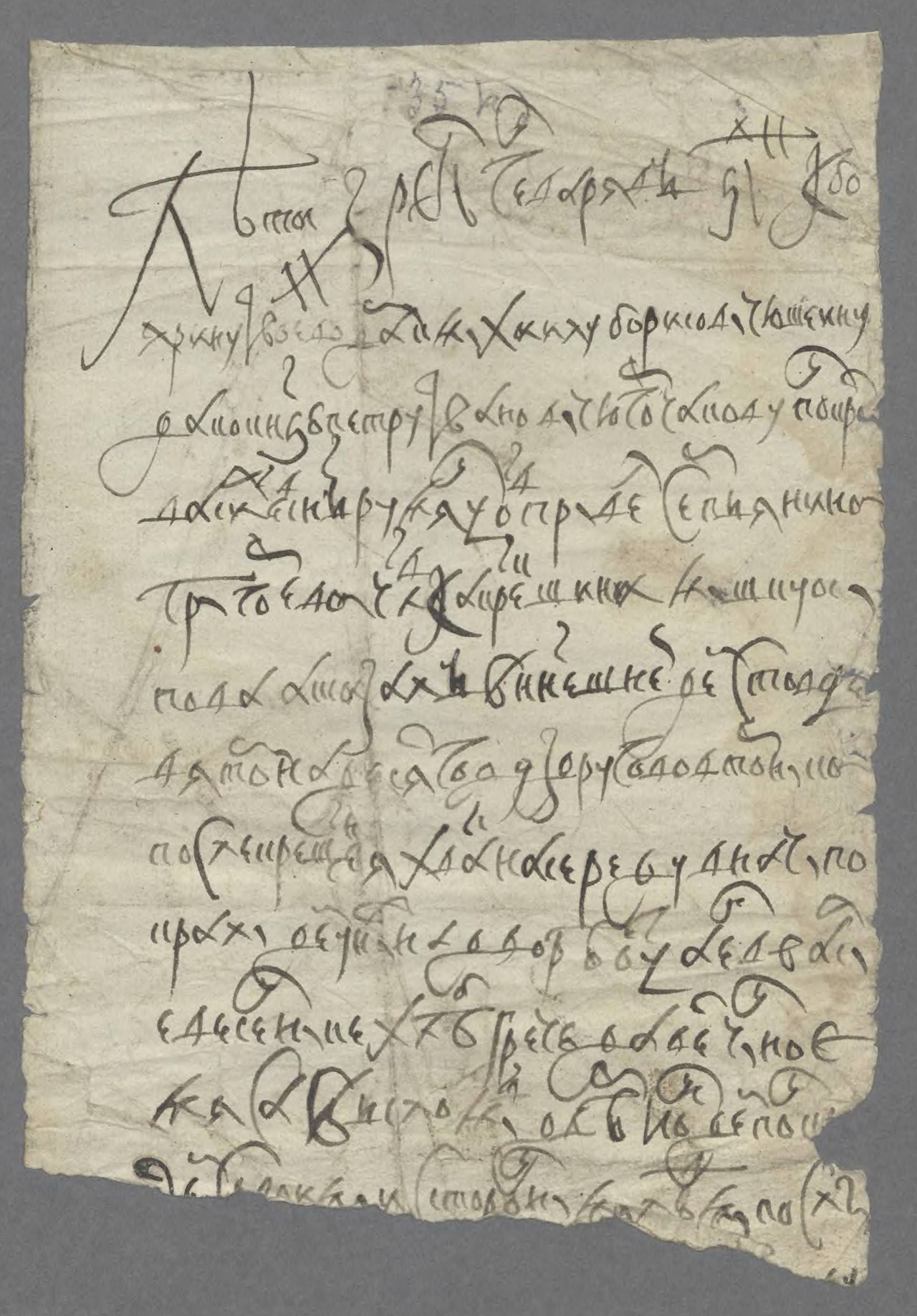Information about how the material may be used and spread
The text in this article is published open access.
You are required to include the following license information, including links, when making use of the material:
"Enabling research – research data for future use" by Susanne Sjöberg and Sanna Isabel Ulfsparre is licensed under CC BY 2.0
If changes are made in any way, make sure that this is clearly stated in connection to the license information.
Parts of the material not explicitly mentioned in this information is not included in the license.





